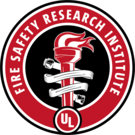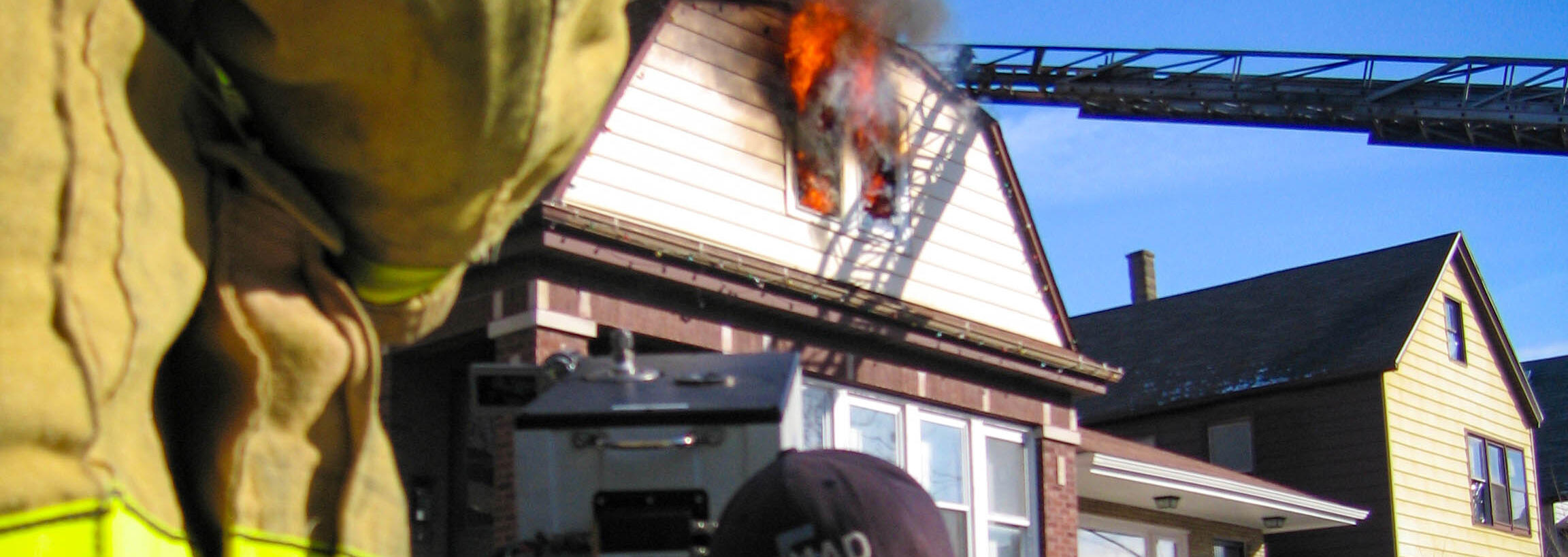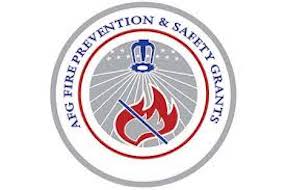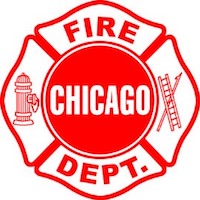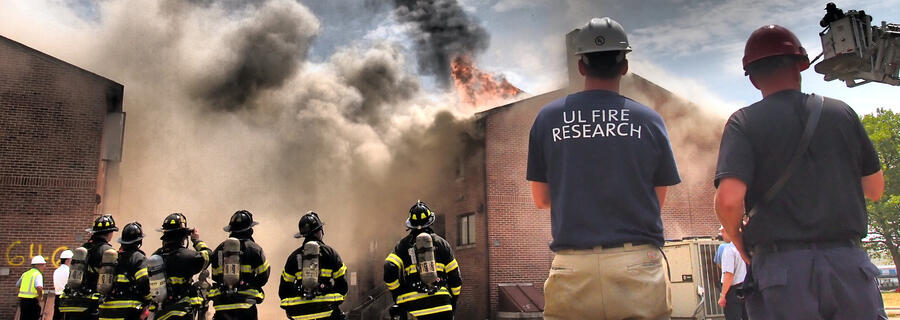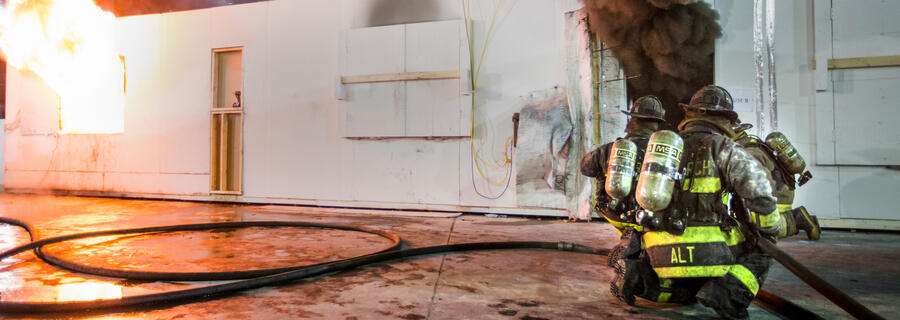In 2007, UL partnered with the Chicago Fire Department and the University of Cincinnati College of Medicine to further investigate the causal relationship between sub-micron smoke particles and the risk of cardiovascular problems. During the study, data was collected on the smoke and gas effluents to which firefighters are exposed during routine firefighting operations, as well as contact exposure from contaminated personal protective equipment. This research was funded by a grant from the U.S. Department of Homeland Security (DHS). The project included investigations on three fire scales: (1) fires in the Chicago metropolitan area, (2) residential room content and automobile fires, and (3) material-level fire tests. Detected effluent gases, airborne chemicals and smoke particulates were assessed by the University of Cincinnati College of Medicine for their potential adverse health effects on fire service personnel.
In the material-level fire test portion of the study, the combustibility, smoke and gas characteristics of 42 different residential construction and furnishing materials were characterized using the methodology developed in the UL-FPRF Smoke Characterization Project. This increased the number of measured smoke signatures from the 18 materials (originally completed in the UL-FPRF Smoke Characterization Project) to the 60 smoke signatures now currently identified. The Firefighter Exposure to Smoke Project study produced the following key findings:
- Concentrations of combustion products were found to vary tremendously from fire to fire, depending on the size, the chemistry of materials involved, and the ventilation conditions of the fire.
- The type and quantity of smoke particles and gases generated depended on the chemistry and physical form of the materials being burned. However, synthetic materials produced more smoke than natural materials.
- Combustion of the materials generated asphyxiates, irritants, and airborne carcinogenic byproducts that could be potentially debilitating.
- Multiple asphyxiates, irritants and carcinogenic materials were found in smoke during both suppression and overhaul phases. Carcinogenic chemicals may act topically, following inhalation, or subsequently through dermal absorption from contaminated equipment.
- Long-term repeated exposure may accelerate cardiovascular mortality and the initiation and/or progression of atherosclerosis.
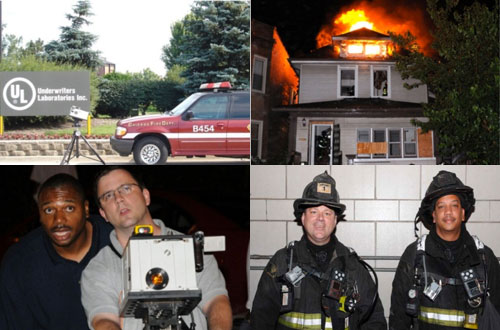
Other Publications
Fabian TZ, Borgerson JL, Gandhi PD, Baxter CS, Ross CS, Lockey JE, Dalton JM (2011) Characterization of firefighter smoke exposure. Fire Technology Online First, DOI: 10.1007/s10694-011-0212-2
Baxter CS, Ross CS, Fabian T, Borgerson JL, Shawon J, Gandhi PD, Dalton JM, Lockey JE (2010) Ultrafine particle exposure during fire suppression-is it an important contributory factor for coronary heart disease in firefighters?. JOEM 52(8):791-796
Fabian TZ, Borgerson JL, Gandhi PD (2010) Firefighter exposure to smoke: Chicago metropolitan area fires. In: Proceedings of Proceedings of Proceedings of Fire & Materials 2011 12th international conference; 135-146
Borgerson JL, Fabian TZ, Gandhi PD (2011) Investigation of the gas effluents and smoke particulates generated during automobile passenger and engine compartment fires. In: Proceedings of Proceedings of Fire & Materials 2011 12th international conference; 147-157
Fabian TZ, Borgerson JL, Gandhi PD (2010) Characterization of combustion products from flaming materials. In: Proceedings of Interflam 2010 fire science and engineering conference; 1909-1923
Borgerson JL, Fabian TZ, Gandhi PD (2010) Residential Building Fire Test Scenarios to Investigate Firefighter Exposure to Smoke . In: Proceedings of Interflam 2010 Fire Science and Engineering Conference; 949-960
